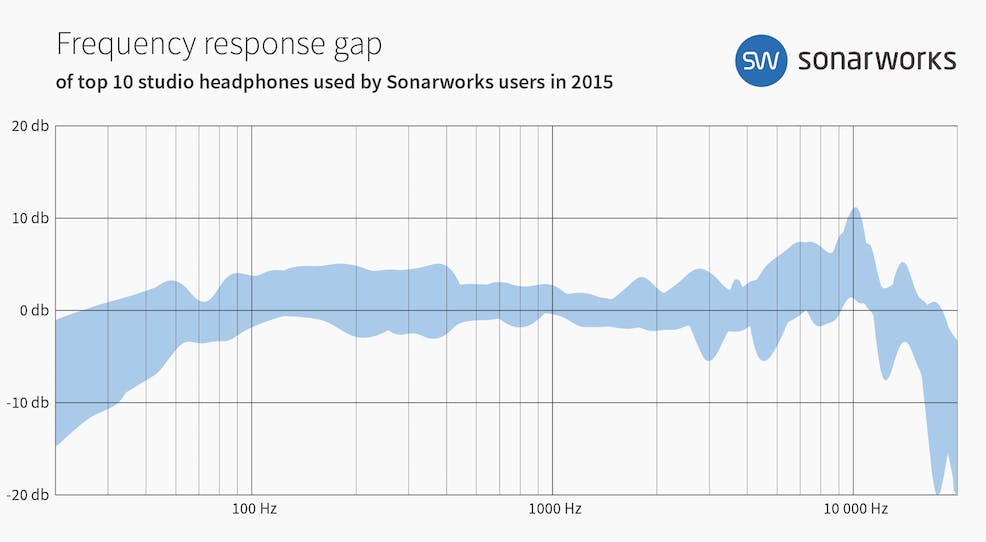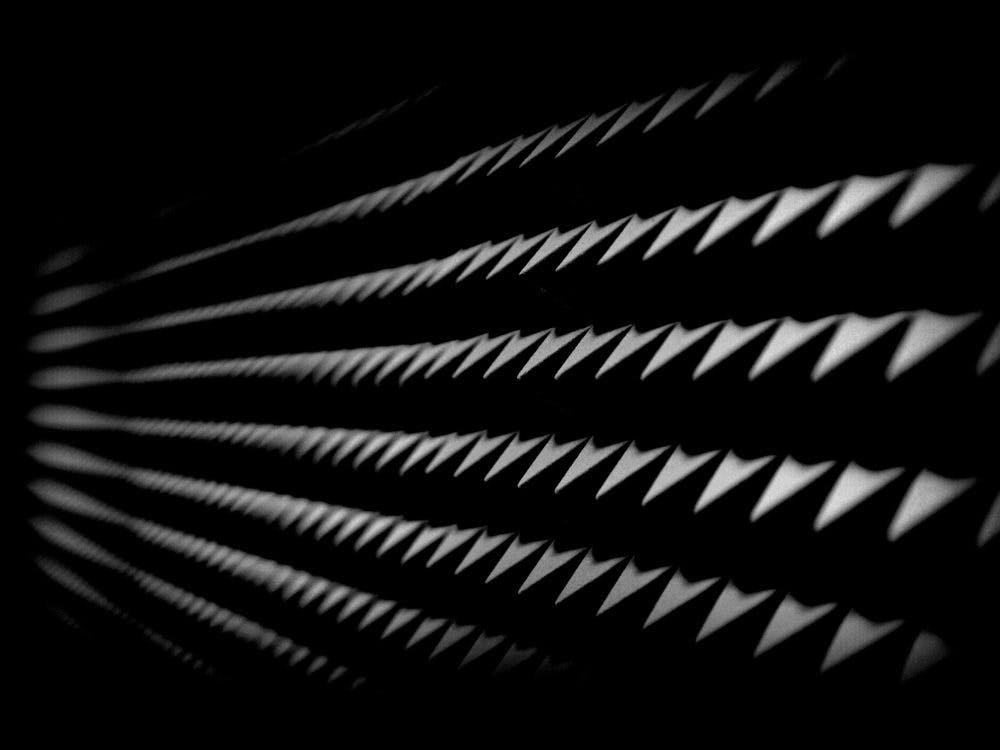Couping With Acoustic Issues
For the small studio owner, achieving professional-quality mixes is an elusive goal for many reasons, not the least of which, being inaccurate budget monitors and acoustically problematic rooms. Even professional mixers with access to the best equipment experience environmental problems. For example, when 11-time Grammy winner Mick Guzauski left his Barking Doctor studio in New York for L.A., he set up a temporary mixing studio in a spare bedroom. According to Mick, he got mids and treble response of the room under control with a set of ASC Tube Traps (which cost around $14,000), and expected to spend more getting bass under control.
It’s fair to say that most home studio owners aren’t going to have financial resources or the work to justify such expenses. The good news is that you don’t need to. Room limitations can be overcome easily and inexpensively by mixing on headphones. Since headphones create an isolated environment, room resonances and comb filtering effects, which compromise your ability make proper tonal and spatial mix judgments, are no longer an issue.
The Devil Is in the Details… and Low Mids
With headphones, it’s easy to hear subtlety and nuance, which is why professional mixers use them to check fine details. For example, headphones make it easier to hear small and quick audio dropouts, bad edits, unnatural crossfades, and fader automation over/undershoots. The onset of clipping in stereo files, which tends to occur at different times, appears at the outer edges of the stereo field and stands out much more clearly on headphones due to our ability hear the entire 180° stereo field – as opposed to the more limited 60° field of speakers (more on that in another post).
Ported budget monitors are another problem that plague small studio owners. Ports are designed to compensate for lack of bass projected by small woofers. On budget monitor designs, which tend to cut corners to keep prices down, the bass reflex ports can create unwanted resonances that combine with direct sound. These resonances extend into, and thicken the low midrange, prompting you to cut low mids more than necessary. The result is a thin-sounding mix that lacks punch. Conversely, some headphones can thin out midrange, which causes the opposite problem: mixing mids too heavy.
Flattening Frequency Response For Flattering Mix Decisions
Based on our discussion so far, it may sound as though headphones are all sunshine and puppy dogs, but they are not without conditions to overcome. The most important one that needs to be addressed is their frequency response as opposed to that of studio monitors. Speakers, when properly designed, provide a flatter frequency response than headphones, which is crucial to making proper mix decisions. Additionally, you can hear the entire frequency spectrum at once in monitors, particularly a full bass range, which makes mixing a little faster.
To overcome the limits of small transducers in headphone ear cups, the frequency response of most commercial headphones tends to be exaggerated in the bass, with varied performance throughout the rest of the spectrum. This non-linear response makes them difficult to use for effective mixing. Studio headphones are flatter in frequency response and therefore much better suited for mixing, but they are not without problems. As you can see in the illustration below, the frequency response of 10 popular professional studio headphones varies up to 10dB at different points along the spectrum, which will also adversely affect mix decisions. Fortunately, a headphone calibration plug-in, such as the SoundID Reference, can flatten the frequency response of any headphone, making them perfectly viable mixing tools.

To recap, if you are using budget speakers in an untreated room, headphones not only enable you to take unforgiving room acoustics out of the equation, they can take the place of expensive monitors, giving you a flat frequency response across the audible spectrum (provided you’re using them with Sonarworks calibration software). The elimination of room characteristics combined with the flat frequency response achieved by headphone calibration ensures that sound quality and tonal decisions will be more reliable across the board.



